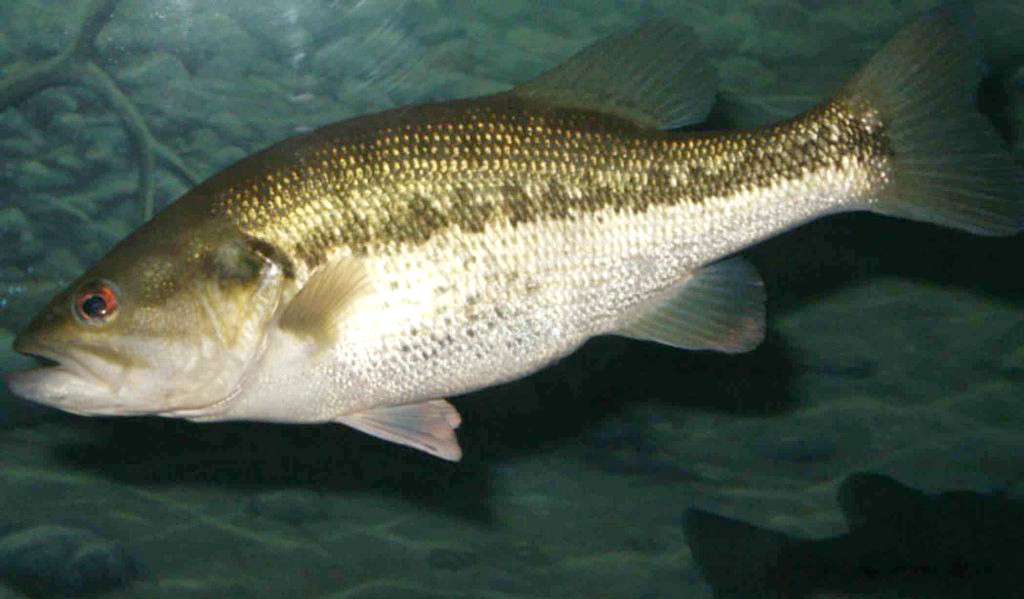
One of the toughest times to catch bass is during what I call the postspawn funk.
We ran into that during the Bassmaster Elite Series event on Toledo Bend, and it is something that occurs everywhere just after the spawn.
At Toledo Bend, some of the fish were still spawning, but the bulk had just come off the beds. The fish were scattered and there wasn’t one pattern or theme that worked consistently. You can tell it’s going on when it’s difficult to get multiple bites in one area because the fish have yet to group up.
The one pattern that did work best for me – and will work for you when confronted with similar situations – is the topwater bite.
I picked up on it when I could get in clear, calm areas and see a few bluegill beds developing. That’s a key sign for me.
The topwater bite only continues to get better as the postspawn period progresses. The fish won’t move far to get a bait so you need something with a lot of action and enticement yet stays in strike zones longer.
Some anglers will use a walking bait that slashes side-to-side, but experience has taught me that a larger popper works even better. I caught half of the bass I weighed in at the Bend on the Strike King’s larger (3/8 ounce) KVD Splash in a bluegill pattern.
I prefer the larger version because of how important sound is this time of year; it’s all about the power of the “bloop” a topwater makes.
Also, instead of working it fast like I do later in the year when bass are keying on moving bait, I use a slower retrieve and pop it hard to make a loud “bloop.” I still keep it moving with four or five short bloops, then pause for a second or two before I bloop it again. Most of my strikes come after a series of bloops.
This particular popper has great side-to-side action, so it doesn’t move a great distance, and if you pop it slow it makes more noise.
It also has a feathered tail that collapses when I pull the bait then flairs when I pause it.
I also like it because I can cast it well and present it precisely to targets. I throw it on a 6-10 medium action KVD rod with 17-pound monofilament. I can make underhand casts to the back corners of docks and under overhanging trees and brush. When you can get that bait around targets like that, the bass can’t stand it.
The larger profile, and my ability to get it in tough spots, appeals to big, postspawn females that are tough to catch with smaller baits.
Now, it’s not a bait that is going to get you 30 bites a day, but the ones that do hit are quality fish. And another thing – this isn’t just a morning, evening or cloudy day pattern. During the postspawn, I’ll fish it all day.
Color choices are dictated by water clarity. I used the bluegill pattern because I felt that was what the fish were focused on. Now, if the water is real clear I might use a natural translucent pattern like sexy shad or clearwater minnow. If it’s dirty, I use sexy shad or anything with a white belly.
Another thing about this postspawn pattern is it’s important to make multiple casts at a likely target, especially if you see pods of bluegills or beds.
Later in the year when fish are chasing bait, the fish will simply suck it under. When that happens, I know to pick up the pace on the retrieve and will only make one or two casts at a target.
So, add big poppers to your game plan when bass are in that postspawn funk. It could be your saving grace on a tough day.
And, of course, remember that it’s all about the attitude!
Kevin VanDam’s column appears weekly on Bassmaster.com. You can also find him on Facebook, Twitter and Instagram.

